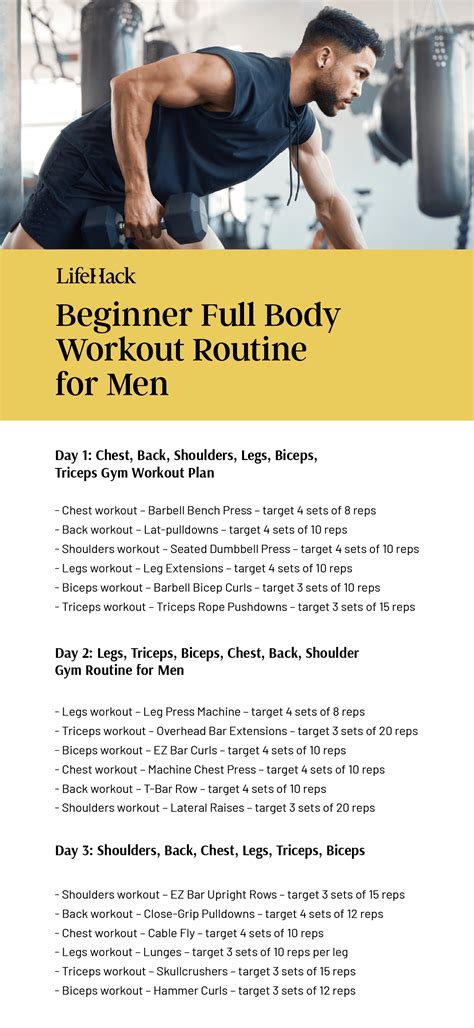Understanding Stubborn Belly Fat in Men
Many men face the persistent challenge of stubborn belly fat, often the last place to see results despite dedicated efforts. This isn’t just a cosmetic concern; visceral fat, which accumulates deep around abdominal organs, is metabolically active and linked to serious health risks including heart disease, type 2 diabetes, and certain cancers. Factors like hormonal shifts (e.g., declining testosterone with age), genetics, chronic stress, and lifestyle choices all contribute to its tenacious presence. To effectively combat this, a holistic and strategic approach is required, focusing on both fat loss and metabolic optimization.

The Cornerstone: Strategic Nutrition for Fat Loss
No amount of exercise can outrun a poor diet. The most critical step in losing belly fat is creating a consistent calorie deficit, meaning you consume fewer calories than your body burns. However, it’s not just about less food; it’s about smarter food choices. Prioritize a diet rich in:
- Lean Protein: Essential for building and maintaining muscle mass, which is key for metabolism. Protein also promotes satiety, reducing overall calorie intake. Include chicken, fish, lean beef, eggs, and legumes.
- Fiber-Rich Foods: Found in vegetables, fruits, and whole grains, fiber aids digestion, stabilizes blood sugar levels, and keeps you feeling full longer.
- Healthy Fats: Avocados, nuts, seeds, and olive oil provide essential fatty acids, support hormone production, and contribute to satiety.
- Complex Carbohydrates: Opt for whole grains like oats, brown rice, and quinoa over refined carbs, which cause rapid blood sugar spikes and can promote fat storage.
Crucially, drastically reduce or eliminate added sugars, sugary drinks, and highly processed foods, which are major culprits behind increased belly fat and hindered metabolism.
Build Muscle to Boost Metabolism: Strength Training
For men, strength training is arguably the most powerful tool for boosting metabolism and sculpting the physique. Muscle tissue is metabolically active, burning more calories at rest than fat tissue. The more muscle you have, the higher your resting metabolic rate (RMR) will be, meaning you burn more calories even when inactive.
- Focus on Compound Movements: Exercises like squats, deadlifts, bench presses, overhead presses, and rows engage multiple muscle groups simultaneously, leading to greater calorie expenditure and hormonal response.
- Progressive Overload: Consistently challenge your muscles by gradually increasing weight, reps, or sets.
- Full-Body Workouts: Aim for 3-4 strength training sessions per week, targeting all major muscle groups.

Ignite Fat Burning with Cardio and HIIT
While strength training builds the metabolic engine, cardio and High-Intensity Interval Training (HIIT) are excellent for burning calories and directly targeting fat stores.
- HIIT: Involves short bursts of intense exercise followed by brief recovery periods. HIIT is highly effective for burning calories in a shorter time and creates an “afterburn effect” (EPOC – Excess Post-exercise Oxygen Consumption), where your body continues to burn calories at an elevated rate for hours after your workout.
- Moderate-Intensity Cardio: Activities like brisk walking, jogging, cycling, or swimming for 30-45 minutes several times a week also contribute significantly to calorie expenditure and cardiovascular health.
A balanced approach incorporating both HIIT and steady-state cardio alongside strength training will yield the best results.
The Often Overlooked Pillars: Sleep and Stress Management
Ignoring sleep and stress can sabotage even the most rigorous diet and exercise plans. These lifestyle factors profoundly impact hormones that regulate fat storage and metabolism.
- Sleep: Lack of adequate sleep (aim for 7-9 hours per night) disrupts hunger-regulating hormones like ghrelin (increases appetite) and leptin (signals fullness). It also elevates cortisol, a stress hormone known to promote belly fat storage.
- Stress Management: Chronic stress keeps cortisol levels high, which not only encourages fat accumulation around the midsection but also hinders muscle growth and recovery. Incorporate stress-reducing activities such as meditation, yoga, spending time in nature, or engaging in hobbies.

Hydration and Consistency: The Unsung Heroes
While often underestimated, proper hydration is crucial for metabolic function, nutrient transport, and satiety. Drinking enough water throughout the day can also help reduce fluid retention and suppress appetite.
Finally, consistency is paramount. Losing stubborn belly fat and boosting metabolism is a marathon, not a sprint. Sustainable results come from consistent adherence to healthy habits over time, not from crash diets or sporadic gym visits. Be patient with yourself, track your progress, and be prepared to adjust your strategy as your body adapts.

Bringing It All Together for a Revved Metabolism
The most effective strategy integrates these components synergistically. Strategic nutrition creates the calorie deficit for fat loss, while strength training builds metabolically active muscle. HIIT and cardio directly burn calories and enhance fitness, and crucial lifestyle factors like sleep and stress management ensure your body’s hormones are working for, not against, your goals. Together, these elements not only shrink your waistline but also create a more efficient, fat-burning metabolic engine.

Conclusion: Patience and Persistence Pay Off
Losing stubborn belly fat and boosting your metabolism as a man is a comprehensive endeavor that demands dedication to a multi-faceted approach. There’s no single magic bullet, but rather a powerful combination of a well-structured diet, consistent and progressive strength training, strategic cardio, adequate sleep, and effective stress management. Embrace these changes as a long-term lifestyle commitment, and you’ll not only achieve a leaner physique but also significantly improve your overall health and well-being.




